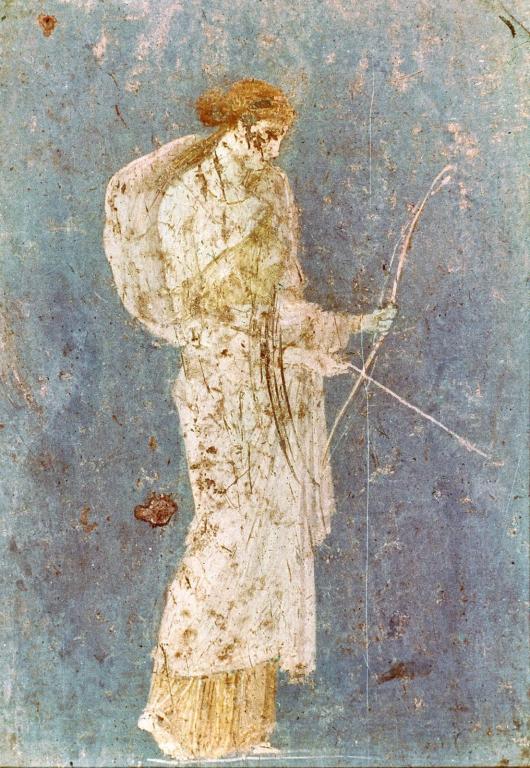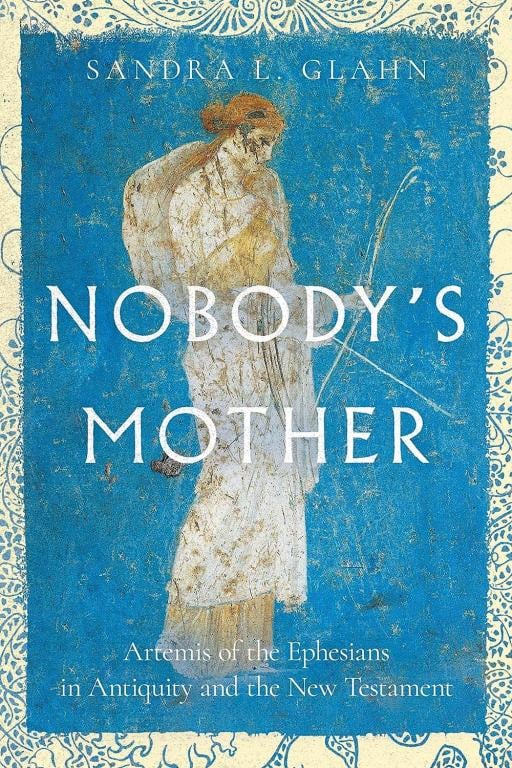
While bantering about Paul’s comments about women in 1 Timothy 2, we easily miss how he uses Artemis to contextualize his message for the Ephesian church. After 2,000 years, it’s no wonder that we would miss the subtle ways that he addresses the issues facing Timothy. I should say “subtle” to us, but his original audience would not have missed his points.
How then can we today expect to pick up what Paul throws down? Insert Sandra Glahn’s Nobody’s Mother: Artemis of the Ephesians in Antiquity and the New Testament.
As I explained before, Glahn makes a remarkable contribution to the church. Her study is unique because it is comprehensive yet accessible when explaining Artemis in her Ephesian context. Based on ancient evidence, no other god or goddess, aside from Zeus, enjoyed the renown that Artemis did. Naturally, we’d expect such background to influence the church in Ephesus (where Timothy lived) and to shape Paul’s letter to them.
Why Paul Says What He Does
Contextualization has multiple parts. We want to look at why or what Paul says as well as how he says it. Frankly, the line separating what is how is blurring. We all know that how you say something is communicating the “what” of your message.
Observant readers might notice a peculiar detail in 1 Timothy that makes sense in light of Artemis’ influence on Ephesus. In 1 Tim 5:14, Paul advises young widows to marry, bear children, and manage their households. This is precisely the opposite counsel given in 1 Corinthians 7:8. Does Paul want the women to marry or not?
We previously saw that Artemis famously prized chastity and virginity; many of her followers thus spurned marriage in their worship of her. These details lead Glahn to ask,
Might a strong virginity, mindset explain why the church in Ephesus, influenced by Gentle converts, was so full of single females that Paul needed to divide widows into three groups—younger women and two groups of older women, divided according to financial need (1 Timothy 5:3-16)? (p 44).
Given these historical details, it makes sense why Paul chastises certain opponents,
“They forbid marriage and demand abstinence from foods, which God created to be received with thanksgiving by those who believe and know the truth.” (1 Tim 4:3)
Furthermore, Glahn sheds light on why Paul stresses the issue of modesty. Historical accounts describe Artemis “as a modest virgin and beautifully adorned” (p. 50). Also, “Since one of the offices associated with Artemis’s cult worship was for adorning the goddess, perhaps gold, pearls, and rich apparel were part of that emphasis [found in 1 Timothy]” (p 127).
For example, Paul says, “the women should adorn themselves modestly and decently in suitable clothing, not with their hair braided, or with gold, pearls, or expensive clothes” (1 Tim 2:9). Likewise, he states that church leaders should be free from greed and the love of money (3:3, 8). Paul also commends godliness with contentment (6:6), calling the love of money “evil” (6:10), and warning that “those who want to be rich fall into temptation and are trapped by many senseless and harmful desires that plunge people into ruin and destruction” (6:9).
How Paul Says It
Paul’s theological artistry is evident in the (not so) subtle way of making a point. Some examples of contextualized writing only become evident after reading several ancient descriptions of Artemis and her cult.
You can delve into details by checking out Glahn’s Nobody’s Mother and other scholarly works. Below, I’ll simply summarize a few noteworthy items.
Many ancient sources depict Artemis as a skilled archer and hunter. Glahn explains,
“Not only arrows, but darts proceed from [Artemis’s] bow. One wonders if the apostle Paul’s reference to the enemies “flaming arrows” in Ephesians 6:16, mentioned in a context of spiritual warfare (Eph 6:10–18), might carry a veiled reference to a specific enemy he has in view.” (p. 55)
The Iliad calls her “queen of the wild beasts.” Glahn reminds us of 1 Corinthians 15:32, where Paul says, “If with merely human hopes I fought with wild animals at Ephesus, what would I have gained by it?” (p 47). In light of Paul’s troubles in Ephesus (Acts 19:23-41), such similar imagery about Ephesus increases the possibility that “wild beasts” is code for Artemis’s followers.
In addition, one of Artemis’s most common titles is “Savior.” Interestingly, this is not a term Paul frequently uses (compared to other titles); yet, this language is most dense in Paul’s letters to Timothy in Ephesus and Titus in Crete, which had strong connections to Artemis of the Ephesians (pp 118-22).
Glahn suggests several other instances of Paul’s intentional contextualization. These include Paul’s talk of “mystery” and “inheritance” as well as his opposition to magic in Ephesus.
No doubt, Nobody’s Mother is an excellent resource for biblical scholars; I also suggest that the book reinforces several points I make in One Gospel for All Nations, particularly that the Bible demonstrates the sort of contextualization the church today should be engaged in.













